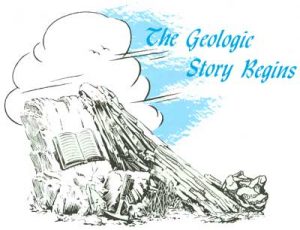
The BRIGHT group meeting this week was led by Rose Borden, and we discussed a paper titled “Storytelling in Earth sciences: The eight basic plots” by Jonathan Phillips. Our discussion revolved around using stories as a tool for communicating our science to others, as well as some possible downsides of thinking about science as a story. This was a continuation of previous meeting discussions this semester on the topic of communicating our science to others.
This paper presented eight basic “plots” that the author believes are found in earth science: Cause and effect, genesis, emergence, metamorphosis, destruction, convergence, divergence, and oscillation. We had a lively and interesting discussion of what these all mean, and had fun trying to decide which one(s) would best fit each of our areas of research.
The first part of our discussion revolved around ways that we have personally used stories to communicate our science. Some of the ways mentioned included: as a tool for making public presentations, to present our results to other scientists, as a way to organize our thinking about our own research, and as a way to engage the public in science and make connections to the larger world. Stories can be useful for communicating science because they give us a way to focus what we want to talk about instead of bombarding the audience with a list of numbers or random facts.
We also discussed some ways that stories might not always be a good way to think about science. Some science research does not fit easily into a story-type plot. Another downside could be deciding on the story you want to tell before you do your research and trying to make the results fit the story you want them to tell. Overall, stories can be useful when communicating scientific results, but should be used cautiously to prevent interpreting results based on our own biases.
Reference: Phillips, J. (2012). Storytelling in Earth sciences: The eight basic plots. Earth-Science Reviews, 115, 153-162.